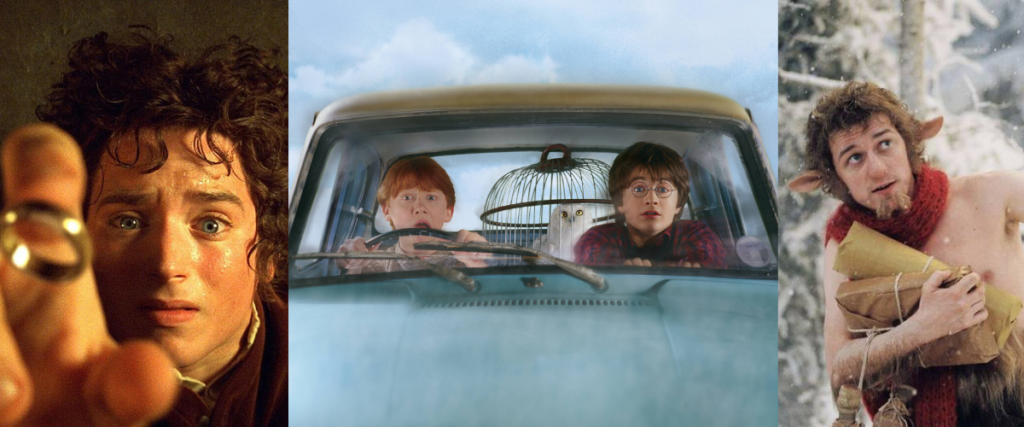There’s a certain magic in the way stories come to life within the pages of a book. However, when those same stories are translated onto the big screen, a new kind of enchantment takes hold. The process of adapting books into movies has been a time-honoured tradition in the entertainment industry, creating a bridge between two mediums that captivates audiences worldwide.
The Art of Adaptation
The art of adapting a book into a movie is a delicate balancing act. On one hand, there’s a desire to stay faithful to the source material, capturing the essence of the story, characters and themes that readers fell in love with. On the other hand, there’s the need to make creative choices that suit the visual and narrative demands of a cinematic experience.
Successful adaptations often rely on screenwriters and directors who can distill the core elements of a book while adding their own cinematic flair. These adaptations aren’t always carbon copies of the original; they’re interpretations that aim to capture the spirit of the story in a new way.
Bringing Imagination to Life
One of the most compelling aspects of seeing books on the big screen is witnessing the visualization of fictional worlds and characters. When words are transformed into images, the vivid landscapes, fantastical creatures, and intricate details of a story become tangible. Readers get to experience the awe of watching their favourite characters step out of the imagination and onto the screen.
Iconic examples like J.K. Rowling’s ‘Harry Potter’ series, J.R.R. Tolkien’s ‘The Lord of the Rings,’ and C.S. Lewis’s ‘The Chronicles of Narnia’ have shown the remarkable power of cinema to bring epic fantasy worlds to life. These adaptations not only satisfy the curiosity of longtime fans but also introduce new audiences to the magic of the written word.
Challenges and Rewards
Of course, the transition from book to movie isn’t always seamless. Lengthy novels need to be condensed into a manageable runtime, resulting in the omission of some beloved scenes or subplots. Characters and their internal monologues may need to be visually conveyed, and dialogue might be adjusted to fit the flow of the film. Some adaptations face criticism for not staying true enough to the source material, while others are celebrated for their creative reinterpretations.
Yet, challenges aside, when an adaptation strikes the right chord, it can resonate deeply with audiences. Movies like ‘The Shawshank Redemption,’ ‘To Kill a Mockingbird’ and ‘Gone Girl’ have received praise not just for their cinematic qualities but also for their ability to capture the essence of the original books in ways that evoke emotion and reflection.
A Gateway to Literature
Movies adapted from books can also act as gateways to literature. Those who might not have picked up a particular book otherwise are often inspired to explore the source material after enjoying the cinematic version. This cross-pollination of media introduces people to authors and stories they might have otherwise missed, fostering a renewed appreciation for reading.
The journey from page to screen is an intricate dance between the written word and visual storytelling. The magic of seeing beloved characters and stories in a new light, combined with the potential to introduce literature to a wider audience, makes the adaptation of books into movies a captivating and enduring phenomenon. As long as books continue to hold tales that resonate with human experiences, the silver screen will be there, ready to bring those stories to life in all their cinematic splendour.
—Silviya.Y
